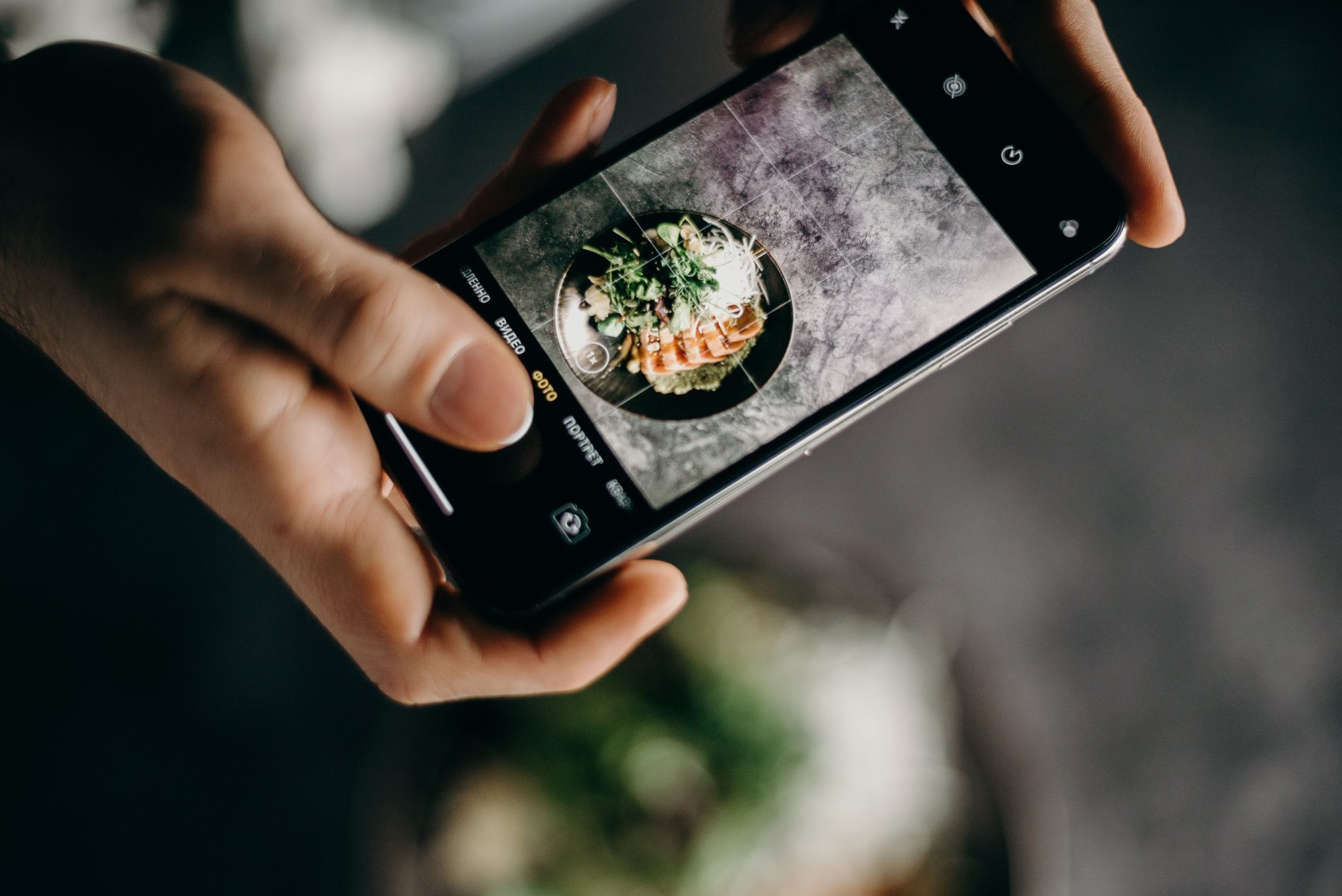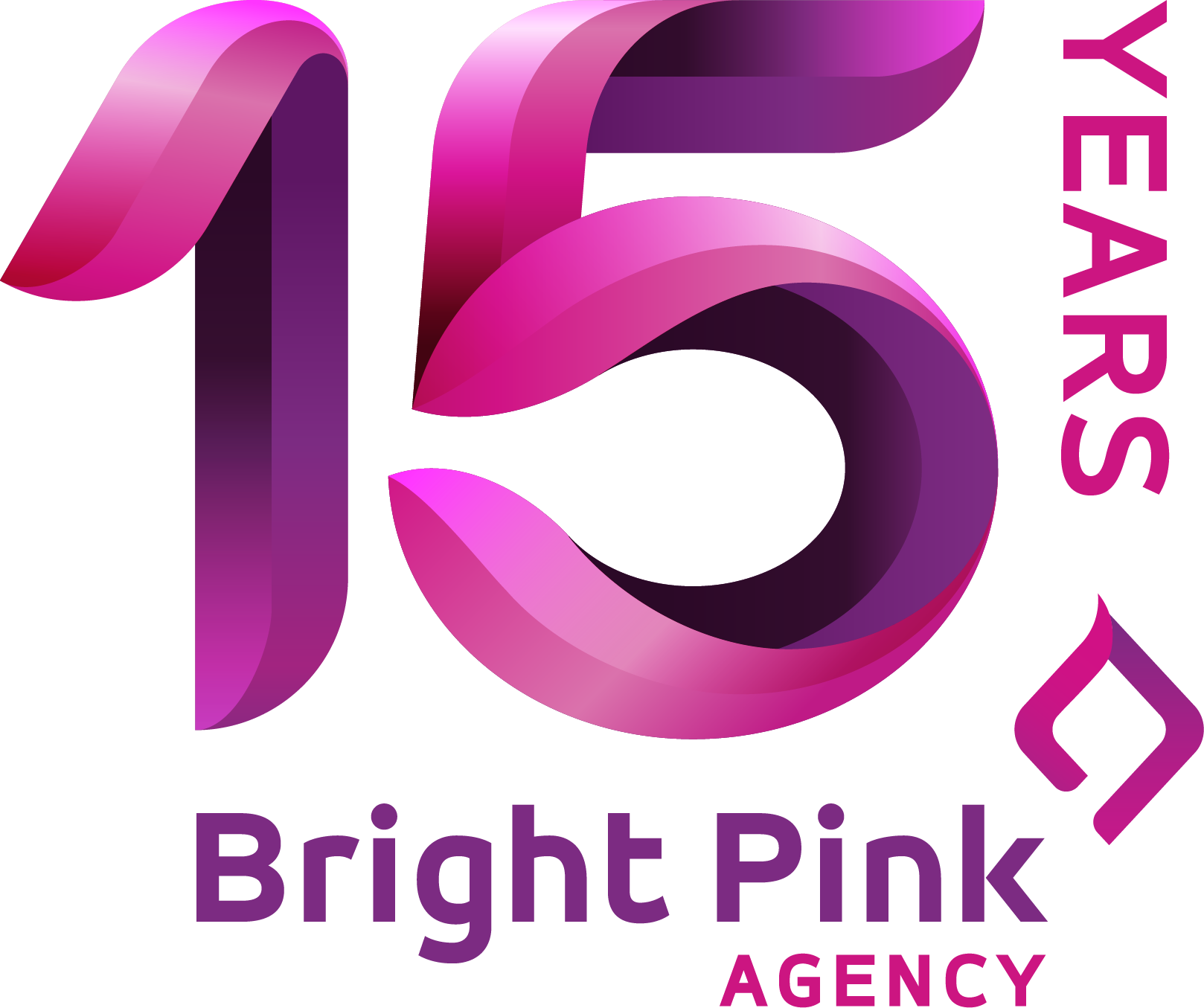UGC Marketing: Tips for Better User-Generated Content

User-generated content (UGC) is one of the biggest trends in marketing today, and it’s no wonder why. UGC provides free and organic material to engage with customers on a more personal level and helps build trust within your audience.
By understanding what UGC is and how you can use it effectively for marketing purposes, you’ll be able to take advantage of it to get the most out of your brand. This blog post will share our expert tips for making the most out of user-generated content in your business. Keep reading to learn more!
What is User-Generated Content?
User-generated content (UGC) is any promotional content that has been created and posted by people (unpaid contributors). Content can be of any type, such as blogs, website pages, images, social media posts, reviews, etc.
Those people are often fans of a brand and promote it without any financial gain. Thus, they’re not typical influencers. Brands commonly share UGC on their social media accounts, website, and other marketing channels.
The main platform for sharing UGC is, for most brands, Instagram. It’s the simplest platform for users to share photos of products and services. After they share it, you can re-share the post on your company’s page to expose it to a larger audience. And, even though Instagram doesn’t have an integrated feature to share posts, there are many ways to work around that.
What Are the Benefits of Using UGC?
Sharing user-generated content is one of those marketing tactics you can’t ignore. Why? First of all, sharing UGC promotes authenticity. According to Business Wire, consumers are 2.4 times more likely to view user-generated content as authentic than brand content. That’s an amazing boost in credibility, especially considering users’ skepticism towards promotional content created by brands.
Speaking of credibility, consider this: 92 percent of consumers trust recommendations from people they know, and 70 percent trust online consumer reviews. Sharing that UGC is thus an important way to make your prospects trust that your company will sell them quality products or services. UGC also plays the role of informing consumers what they should expect before doing business with you.
Examples of User-Generated Content
Not all brands should expect free content from their users. To “stimulate” your fans’ creativity, offer them something in return, such as a chance to win a prize through a social media contest. That can be an efficient way to bring in a good amount of UGC.
But be wary of contest rules on each platform first. For example, Facebook doesn’t allow companies to ask users to share a post on their timeline to win prizes. Also, ask your followers to use a branded hashtag to keep track of UGC from contests.
Ultimately, the more you reward creators by sharing their posts or offering a free product or discount, the more people will be motivated to tag you in posts they think you might want to share.
Reviews and testimonials are other examples of UGC you can share. Get those reviews from Facebook, Google My Business, Yelp, etc., and proudly display them on your website, social channels, emails, and more.
If your product or service can’t be easily visualized, showcase the human side of your brand! Source content from customers, employees, and community members to show what your product/service looks like in action. That way, other Instagrammers can picture themselves using it, too.
Best Practices for UGC Marketing
First of all, always request permission from the creator to share their content. Even if a post includes your hashtag, not all users may want their content to be shared. They may use your branded hashtags without knowing it’s tied to a user-generated content campaign.
Credit the original creator. When sharing UGC on your social channels, always give credit where credit is due. Mention that you’re using their visuals, copy, or both. Also, check how the creator wants to be credited on social channels. Giving credit is not only a way to recognize the work of the original creator, but it also makes it easy for fans to check that the content is really created by an unpaid contributor.
Lastly, always watch your mentions on social media for UGC. How else are you going to find it?! If you don’t want to monitor the social channels directly, use a social media tool like Hootsuite. Go a step further and use the Tint app, specifically designed to curate UGC content.
Ready to Give UGC Marketing a Try?
UGC can be a powerful tool to increase your brand’s credibility. When fans create and share content about your product or service, it helps to build trust and encourage others to try what you have to offer. Not sure where to start? Bright Pink Agency can help with that too! We can provide you with social media content that is both engaging and on-brand, so you can focus on what you do best – running your business. Contact us today for more information.




![The Ultimate Small Business Digital Marketing Guide [2024]](https://brightpinkagency.com/wp-content/uploads/2016/11/digital-marketing-standards-2017.jpg)


